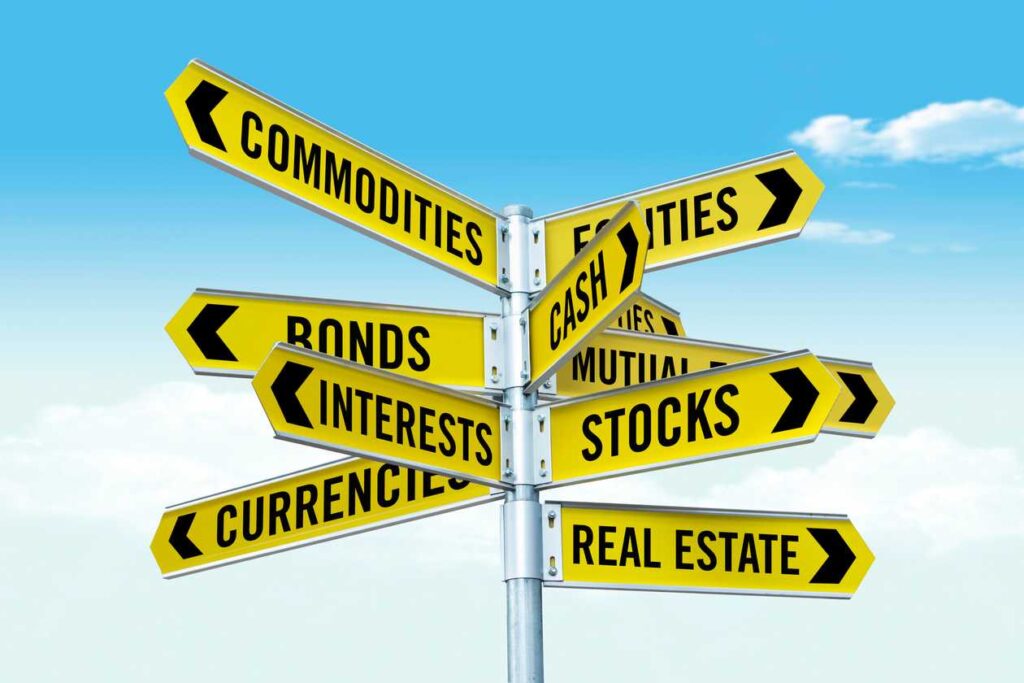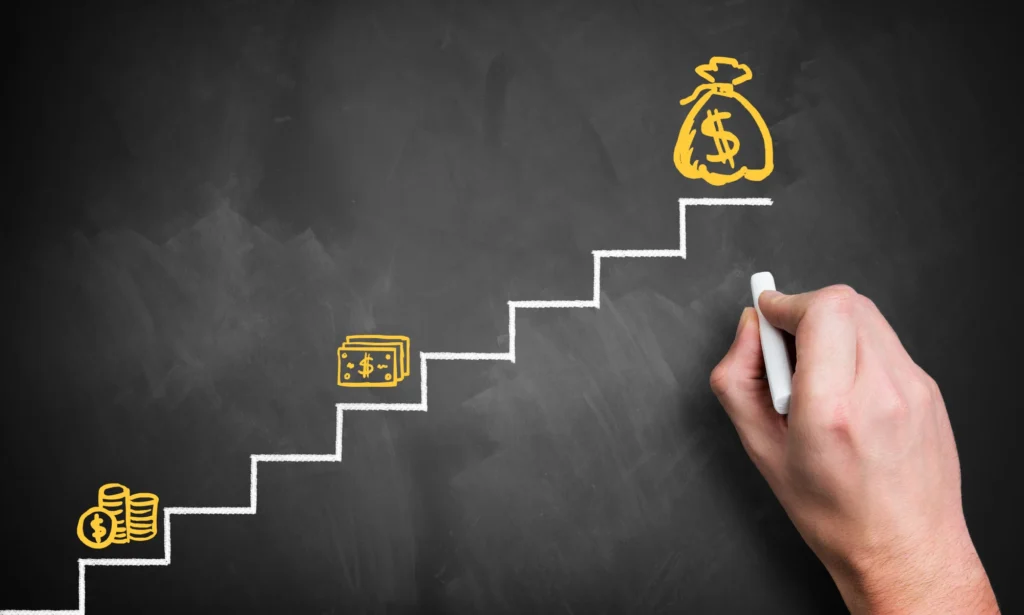At first glance, plumbing is a practical matter—pipes, taps, toilets, and drains. But beneath this basic utility lies a deeper narrative. How a society distributes water, arranges bathrooms, and maintains waste lines unveils what it holds dear. A plumber, in essence, manages the arteries of a living, breathing community.
Historical Insights: Plumbing Through the Ages
Structured Flow in Early Societies
Early urban centers like the Indus Valley and ancient Mesopotamia designed intricate drainage systems, proving water management wasn’t just about function—it was civil order. In ancient Rome, aqueducts weren’t just marvels of engineering; they were declarations of power and status, carrying clean water into public fountains and private baths.
Bathhouses in Roman towns weren’t hidden away—they were public places of gathering. This setup shows that sanitation and community went hand in hand. In contrast, rural villages in medieval Europe lacked access to such amenities, with hygiene becoming a luxury of the wealthy.
Plumbing and the Social Ladder
Even as plumbing technology spread, access remained unequal. Palaces had advanced drainage long before common homes did. Today, this disparity lives on in unequal water pressure between city districts or outdated systems in low-income neighborhoods. Plumbers, then and now, often work along this invisible social fault line.
The Private Ritual: Plumbing and Personal Boundaries
Solitude in Western Domestic Design
In many Western homes, bathrooms are designed as private sanctuaries. Thick doors, water-resistant partitions, and separate toilets are the norm. This design philosophy reinforces the cultural idea that bodily care is deeply personal.
The work of a plumber in these homes must accommodate the need for isolation—soundproofing, spacing, and dedicated fixtures all matter. Even the decision to install dual sinks in master suites or guest toilets stems from this emphasis on personal space.
Collective Spaces in Eastern Traditions
In contrast, parts of Asia, the Middle East, and North Africa celebrate communal hygiene. Public baths, foot-washing areas, and shared water basins are common. These features aren’t signs of neglect—they show different cultural priorities, like ritual cleanliness, social bonding, or spiritual symbolism.
For example, separating washing stations from toilet areas in many Muslim households ties into religious practice. A plumber working in these regions must think beyond convenience—they must respect tradition.
Public Access, Private Struggle: Equity in Water Distribution
Cityscapes and Uneven Development
Urban infrastructure may appear uniform, but a closer look reveals cracks. Some neighborhoods benefit from upgraded, high-efficiency systems. Others rely on decaying pipes and outdated technology. These disparities affect everything from water safety to daily convenience.
A plumber working in high-income areas may replace designer fixtures. In older parts of town, they may spend hours managing burst mains or rusted joints. Plumbing work becomes a window into how cities prioritize one population over another.
Rural Plumbing as a Test of Ingenuity
Beyond city limits, homes and communities often design their own plumbing systems. Wells, gravity-fed tanks, or small septic systems are handcrafted responses to limited infrastructure. Here, plumbing reflects a spirit of innovation, but also a lack of institutional support.
The role of a plumber in these contexts often goes beyond repair—they become part of the design, using local knowledge to make water move in places where it often doesn’t want to go.
Design by Decree: What Plumbing Codes Reveal
Legal Standards and Cultural Preferences
Every nation and region develops its own plumbing code, but these rules reflect more than science—they express collective priorities. In the U.S., codes often require backflow prevention, closed waste systems, and high-capacity venting. These emphasize control, sanitation, and reliability.
In Scandinavian countries, plumbing codes may also mandate greywater recycling, signaling ecological responsibility. These rules are reflections of how each society chooses to balance modern convenience with environmental stewardship.
The plumber isn’t just following rules—they’re aligning a household’s needs with a community’s values.
Plumbing in Times of Crisis
When emergencies strike—floods, pandemics, or droughts—plumbing becomes a vital frontline. Portable sinks, clean water delivery, and rapid drain clearing can prevent the spread of illness. Plumbing choices made in response to a crisis show how fast a society can act and who it prioritizes when speed matters most.
Conclusion: Plumbing as a Blueprint of Belief
Pipes and drains may not be visible on city postcards, but they shape the rhythms of life more than we realize. Plumbing shows what a society holds sacred—privacy, hygiene, fairness, innovation, or tradition.
Every faucet that drips and every drain that clears tells a story not just about engineering, but about people. And the plumber, often unsung, is the one who keeps these stories flowing through walls, under streets, and into the heart of everyday life.
Frequently Asked Questions
1. How is plumbing different around the world?
Each region adapts plumbing to suit its climate, culture, and values. Some emphasize privacy, others prioritize communal use, or environmental sustainability.
2. Why is plumbing considered a cultural reflection?
The layout of bathrooms, water access, and waste systems shows how societies value cleanliness, community, and resource sharing.
3. What role does a plumber play beyond repairs?
Plumbers help design systems, ensure safety, and uphold public health standards. In many ways, they’re guardians of unseen civic infrastructure.
4. Why are plumbing materials important to understand?
The choice of material impacts durability, safety, and cost. It also reveals how much a region invests in long-term planning versus quick fixes.






